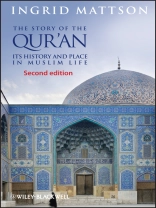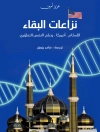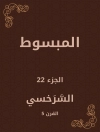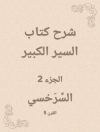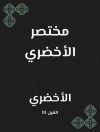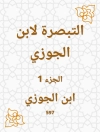This popular introduction by a well-known Islamic scholar has been updated and expanded, offering a balanced portrayal of the Qur’an and its place in historic and contemporary Muslim society.
- Features new sections on the Qur’an and its relationship to democracy, science, human rights, and the role of women
- Contains expanded sections on the Qur’an in the life cycle of Muslims, and in Islamic ethics and law
- Incorporates additional images and student features, including a glossary.
- Supported by an accompanying website (available on publication) hosting a range of additional material, including student resources, links to important websites, news stories, and more
- This title is also available as an e Textbook on the Course Smart platform, as a Wiley Desktop Edition, or via your preferred e Textbook vendor; e Textbooks offer convenience, enhanced electronic functionality, and flexible pricing options – learn more at www.wiley.com/college/wileyflex
Inhaltsverzeichnis
Preface and Acknowledgments to the Second Edition ix
Preface to the First Edition xi
1 God Speaks to Humanity 1
God Hears and Responds 1
Defining the Qur’ an 2
Ancient Origins of the Meccan Sanctuary 4
The Arabian Context 7
The Arabic Language 11
The Jahiliyya: A Time of Lawlessness and Immorality 13
The Early Life of Muhammad 16
Muhammad as the Messenger of God 18
2 The Prophet Conveys the Message 27
Historicizing the Qur’ an 27
The Medium and the Message 34
God is One 37
Moral Conduct and Its Ultimate Consequences 46
Servants of God 50
Persecution of Believers Past and Present 55
Establishing a Viable State and a Just Political Order 61
Building Community 68
A Door to Heaven is Closed 73
3 The Voice and the Pen 79
A Sacred Pedigree 79
Recited and Written 85
The Prophet and the First Collection of the Qur’ an 88
The Early Generations: Regional Schools of Recitation and the Elaboration of the Mushaf 100
Standardizing the Curriculum 105
Qur’ anic Recitation and Ritual Life 109
Breaking the Tradition 119
The Value of Memorization 124
Transmission of the Qur’ an in the Modern Age 127
Conclusion 133
4 Blessed Words: The Qur’ an and Culture 141
The Qur’ an as the Word of God 141
The Qur’ an and Sacred Architecture 147
The Elevation of the Qur’ an 155
Language, Naming, and Common Expressions 157
Ritual Purity and Purifying Rituals 161
Death, Mourning, and the Afterlife 168
5 What God Really Means: Interpreting the Qur’ an 185
Exegesis before Hermeneutics 185
The Epistemological Challenge 193
Intertextuality: The Isra’iliyyat 197
Occasions of Revelation 201
Understanding the Language of the Qur’ an 204
Relating the Sunna to the Qur’ an 210
Deriving Legal Norms from the Qur’ an 215
Consensus and Diversity in Legal Reasoning 223
Modernity: Making the Words “Reasonable” 226
Some Contested Issues 235
Inheritance 235
Wife-beating 237
Conclusion 242
6 Conclusion: Listening for God 247
Glossary 267
Bibliography 271
Index of Qur’ anic Citations and References 287
Index 289
Über den Autor
Ingrid Mattson is London and Windsor Chair of Islamic Studies at Huron University College at the University of Western Ontario. She is a recognized Islamic religious and interfaith leader. She has published numerous articles on Islam, she travels and lectures widely, and is past President of the Islamic Society of North America.
